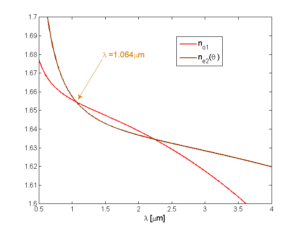One of the standard Republican talking points is that the Democrats had a veto-proof majority for two...
They say a picture is worth a thousand words. Here are 12,000 words from the Tea Party...
Over the past 60 years the American dream has gradually disappeared. The process was slow, so most...
The Republicans are always complaining that US tax rates are too high, but the facts don't support...
The Iraq War is second most expensive war in US history after World War II and the...
The Republicans keep touting Tort Reform as a way to save money. For example, some of them...
I keep wondering why I see so many rabid spewing hatred on television and the internet. But...
Republican favorability has declined 29% of the last 16 years, while Democratic favorability has improved by 10%....
Republicans like to hype how good Fox News' rating are, but that only works if you leave...
Republicans like to brag about the popularity of Conservative Media outlets such as Fox News, however, Fox...















